Paris has been the venue of numerous World Fairs in its history. Many of the most famous buildings in France’s capital are remnants of these events.
The Eiffel Tower and the Grand Palais are just a few famous landmarks initially constructed as the centerpiece of an exhibition. These were visited by millions of people from all around the world.
In this article, you’ll discover some of the most interesting facts about the Palais de Tokyo, a remarkable Art Deco Building that still serves two significant purposes today.
1. It’s located in between two of the city’s most famous landmarks
The Palais de Tokyo is one of the numerous massive buildings in Paris. It’s located at 13 Avenue du Président-Wilson, in the 16th arrondissement of the city.
It faces the Seine River to the south and isn’t too far away from the most prominent landmark in Paris, the Eiffel Tower, which stands further south.
The Champs-Élysées is a healthy walk further north. The end of this major thoroughfare, marked by the Arc de Triomphe, is about 1 kilometer (0.6 miles) directly north of the building.
The Renaissance-style building situated just to the north is the Palais Galliera which houses the Fashion Museum of Paris.

2. It was constructed for a special event in Paris in the late 1930s
The building was erected in 1937 to serve as one of the venues of the “Exposition Internationale des Arts et Techniques dans la Vie Moderne.”
This event, which translates to “International Exposition of Art and Technology in Modern Life,” was dedicated to modern art, architecture, and technology.

Like most other World Fairs, it featured 45 pavilions from around the world. It was visited by over 31 million people and although the event was centered around the Eiffel Tower, it extended much further on all sides.
The name of the building during this event was “Palais des Musées d’Art Moderne” or the “Palace of the Museums of Modern Art.”
As you’ll soon discover, it still serves a very similar purpose today.
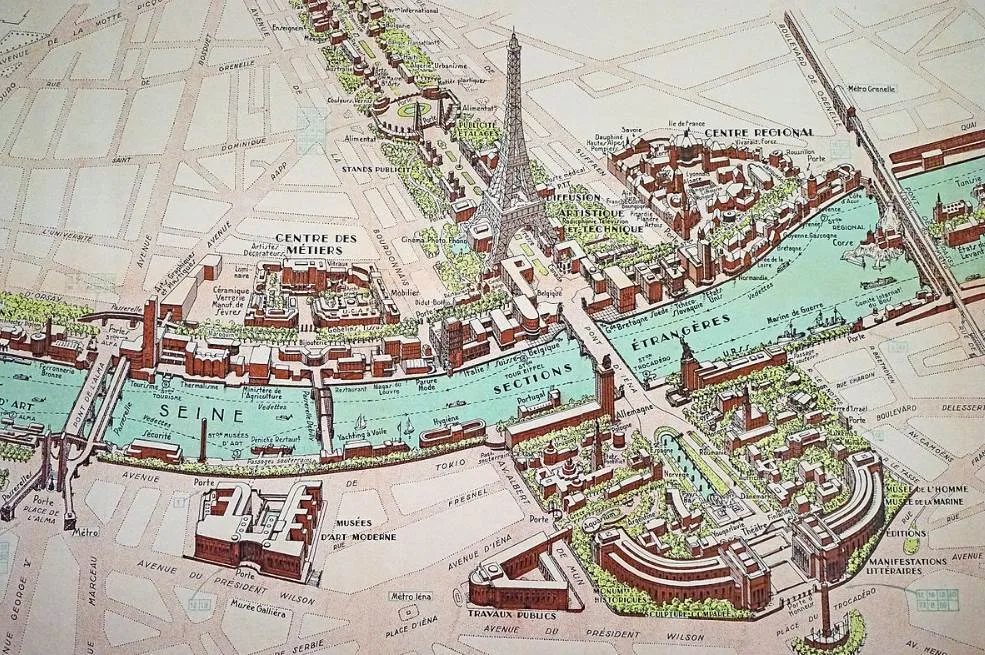
3. The building was named after the former name of the street it faces
So why is it called the Palais de Tokyo anyways? After all, it had nothing to do with Tokyo and didn’t serve as the Japanese Pavilion during this event.
Although the street between the building and the Seine River is called “Avenue de New York” today, this wasn’t always the case.
It was originally named the “Quai Debilly” and was renamed Avenue de Tokio between 1918 and 1945. It was named after the street it faces before it was renamed after World War II.
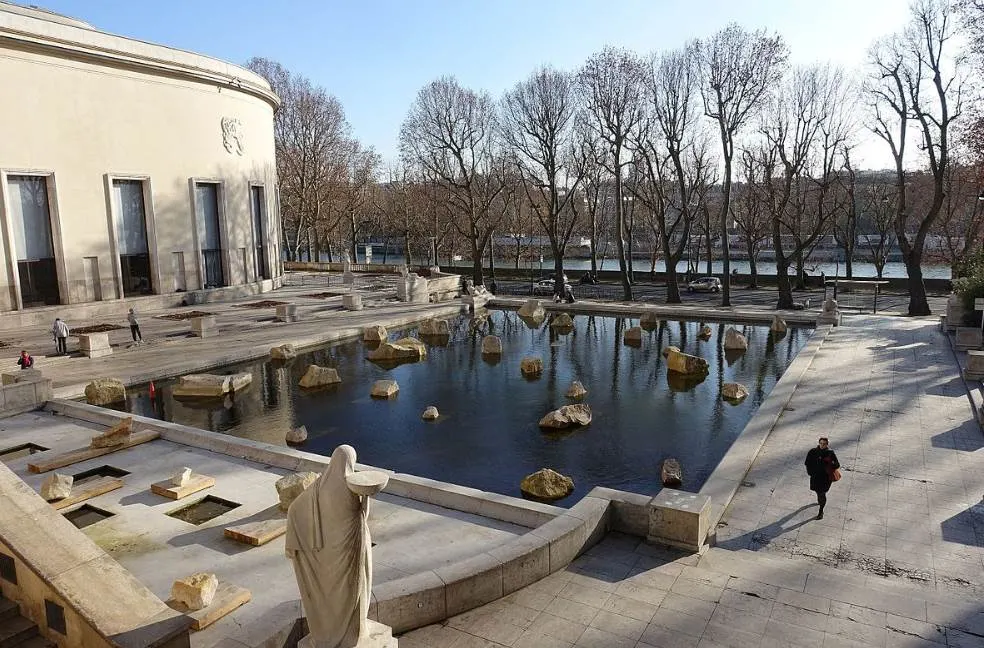
4. It was designed in the architectural style that was popular in the 1930s
Art Deco was a major movement in visual arts and architecture that first emerged in France just before World War I. It gradually spread all around the world during the 1920s.
It became the dominant architectural style during the Roaring Twenties in the United States.
This is exemplified by the construction of two of the style’s most famous icons, the Chrysler Building and the Empire State Building.
During the Great Depression, the style radically changed and much cheaper materials were used. The design of buildings became more in line with modern architecture which lacks the decorative elements that define Art Deco.
The Palais de Tokyo was one of the final buildings that were constructed in Paris to incorporate this architectural style.
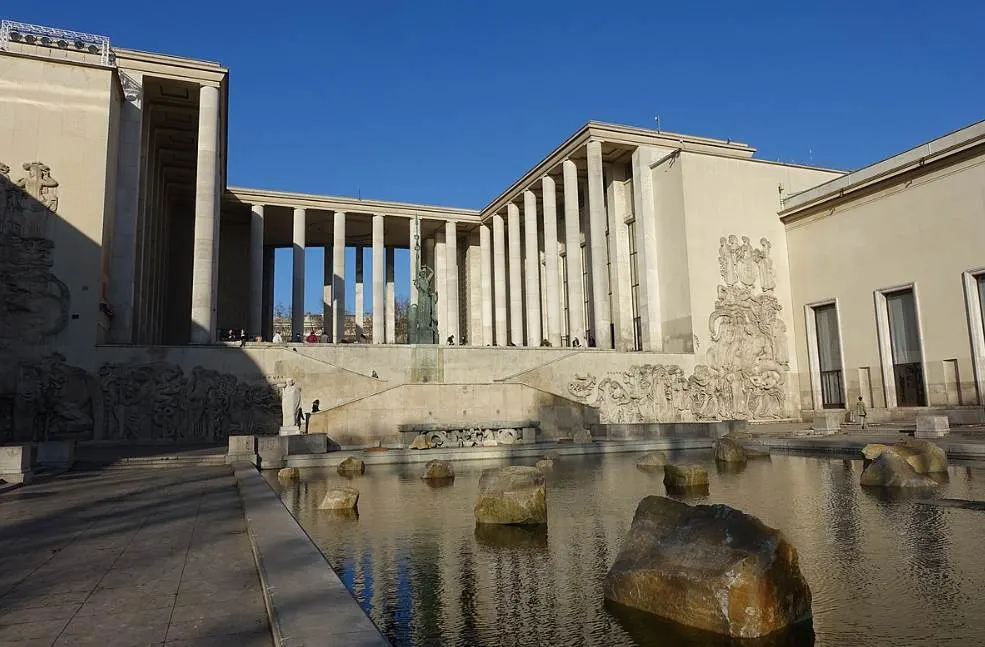
5. It’s not the only building of the exposition that still stands today
The other major Art Deco building that was constructed in Paris is called the Palais de Chaillot, located in the Trocadéro area of Paris.
This building is world-famous because of the amazing view its immense wings provide from the Eiffel Tower. It’s also here that Adolph Hitler was pictured in 1940 with the Eiffel Tower in the background.
It was constructed for the same purpose as the nearby Palais de Tokyo. It partially replaced the old 1878 Palais de Chaillot that dominated Chaillot Hill.
Today, this immense structure is home to several museums, including the Naval Museum, the Anthropology Museum, and museums dedicated to monuments and architecture.
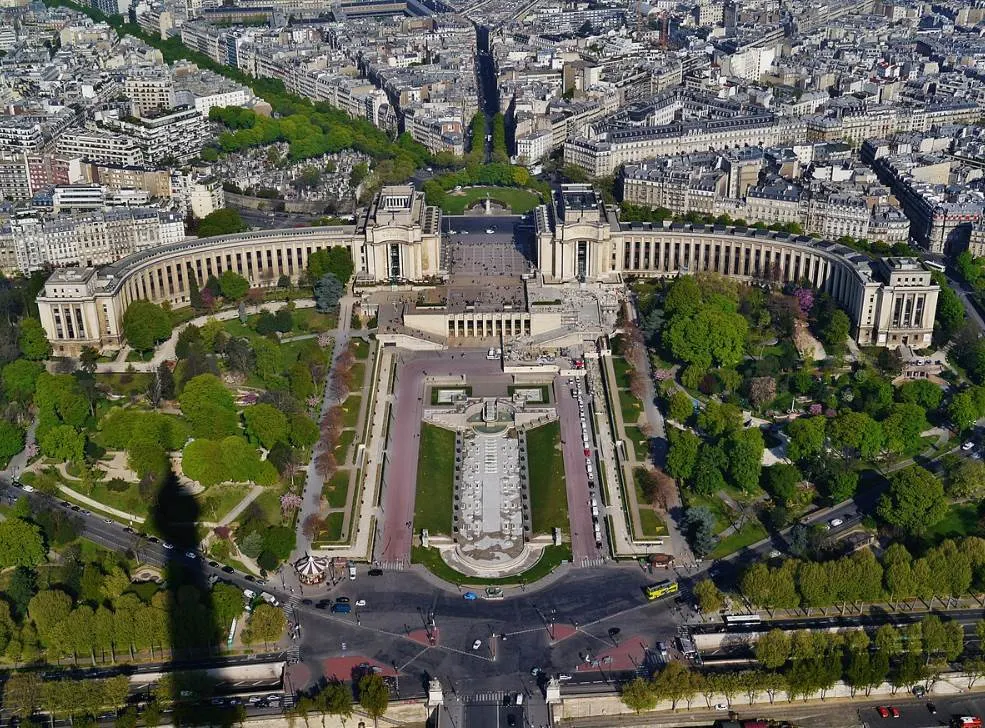
6. The Palais de Tokyo has served many purposes throughout its history
The building was officially inaugurated by French President Lebrun on May 24, 1937, just before the exhibition opened its doors.
Although it was initially established as the Museu of Modern Art of the exhibition, it served several other purposes afterward as well, including:
- Musée d’Art et d’Essai between 1977 and 1986.
- FEMIS (film and television school) between 1943 and 1999.
- Centre National de la Photographie.
- Palais du Cinema in 1986.
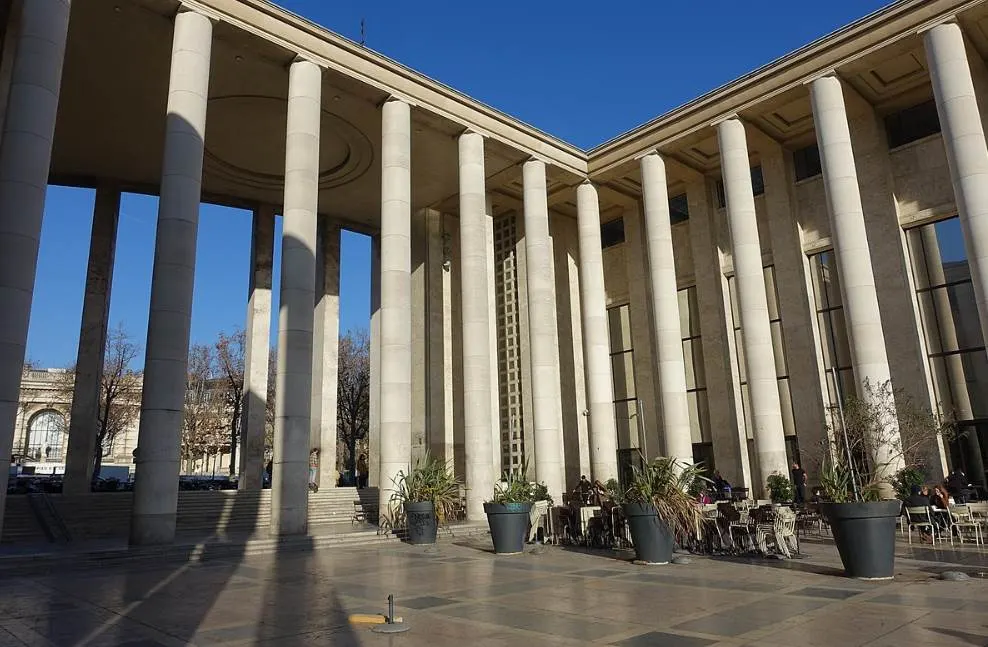
7. The Eastern wing of the building houses a museum of modern art
The building only temporarily lost its original purpose because the Eastern wing of the structure still houses a museum dedicated to modern art.
The Musée d’Art Moderne de Paris was established here in 1961 and houses an amazing collection of modern art. The museum owns about 15,000 modern artworks from all major art movements of the 20th century.
If you want to admire paintings by Pablo Picasso, Georges Braque, or Henri Matisse, then this museum (which is owned by the City of Paris) is a great place to visit in Paris.
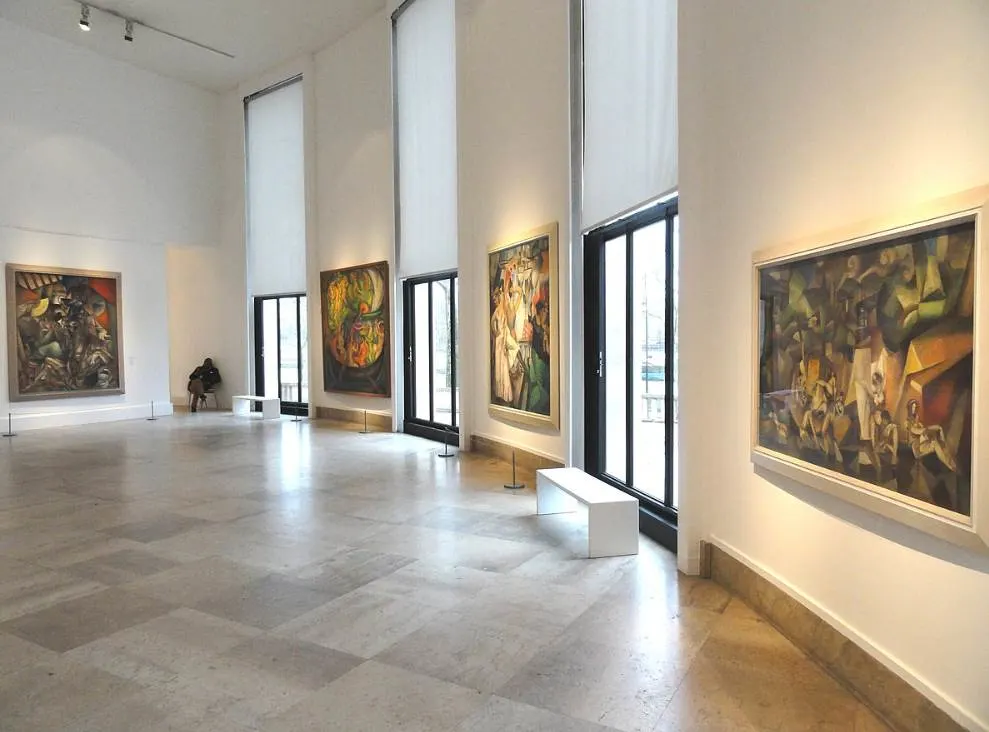
8. The Western wing is an exhibition hall without a permanent collection
So what about the West wing of this impressive structure in the heart of France’s capital?
One of the most interesting facts about the Palais de Tokyo is that this building section is owned by the French state. It opened as the “Site de création contemporaine” in 2002.
This is a museum that solely hosts temporary exhibitions. Because of this remarkable notion, it’s sometimes dubbed the “largest contemporary art museum in Europe without a permanent collection.”
The concept provided to be a great success because this wing was significantly expanded in 2012.

